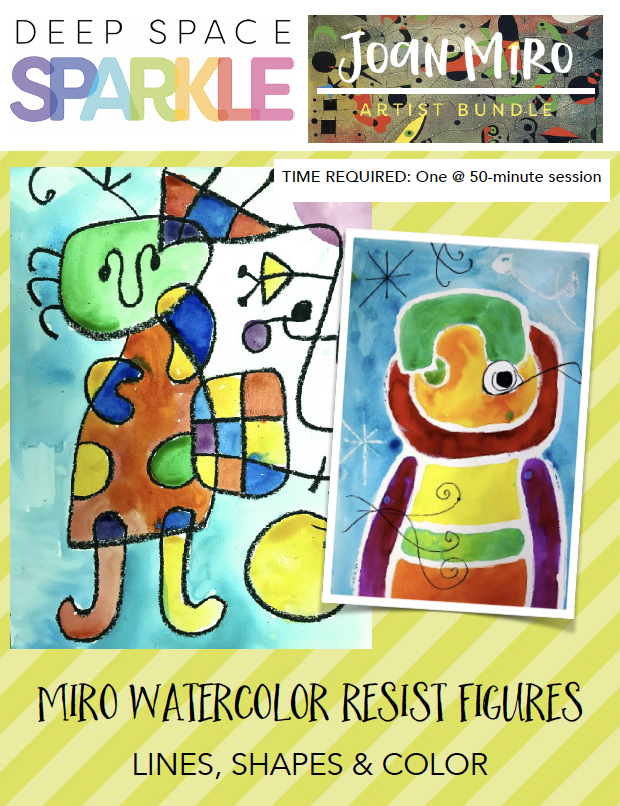
Joan Miró’s shape and line focused paintings make a perfect inspiration for easy art projects. This watercolor resist painting takes little time, especially if you use a smaller piece of... Learn More
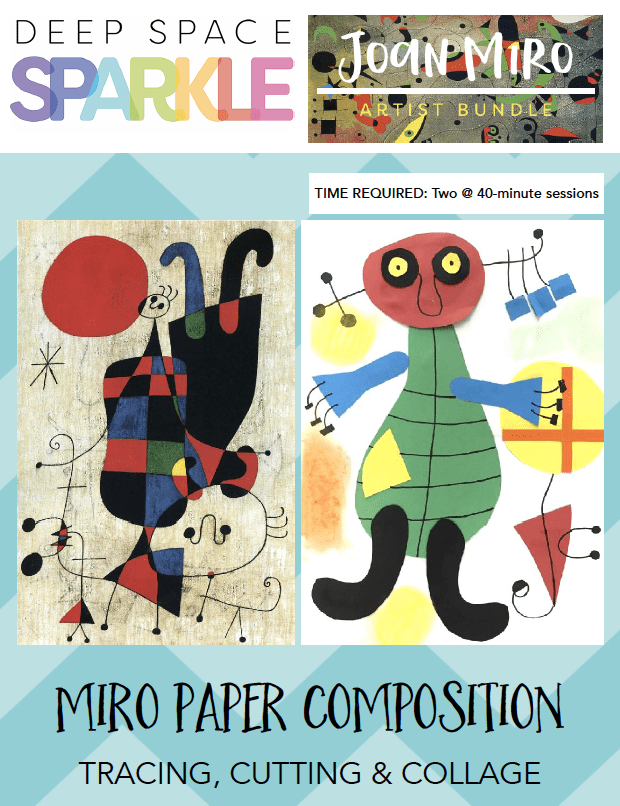
Joan Miró was a Spanish painter, sculptor and print-maker. His first paintings were inspired by Cubism and his later works were more magical and child-like. The painting that inspired this... Learn More
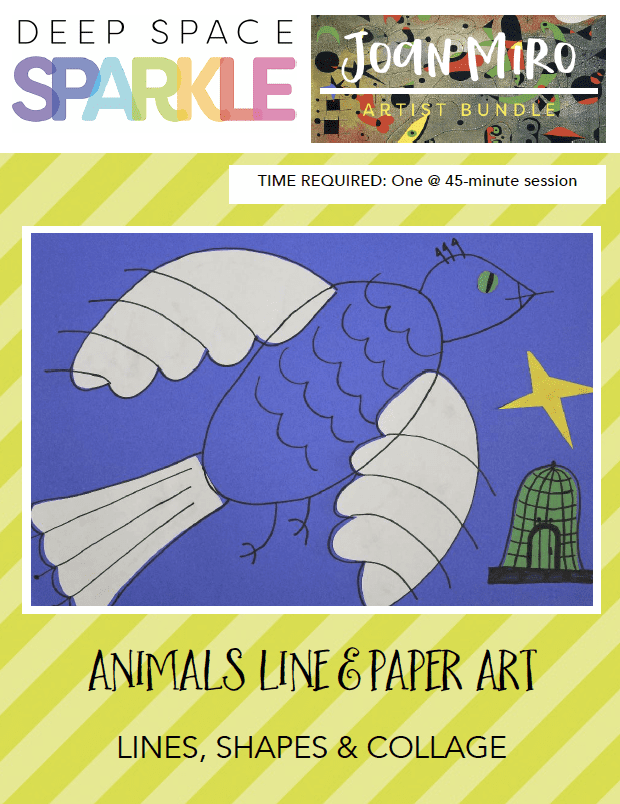
Joan Miró was a Spanish painter, sculptor and print-maker. His first paintings were inspired by Cubism and his later works were more magical and dream-like. The art he created during... Learn More

Joan Miró was a Spanish painter, sculptor and print-maker. His first paintings were inspired by Cubism and his later works were more magical and child-like. The painting that inspired this... Learn More
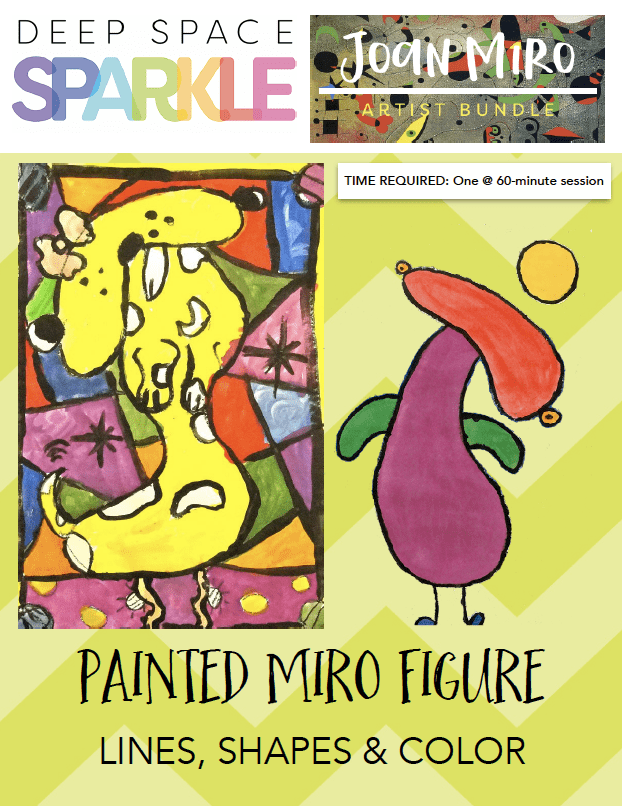
Joan Miró was born in Barcelona, Spain in 1893. He started drawing at age 8 and went on to become one of the world’s most famous abstract artists. He loved... Learn More
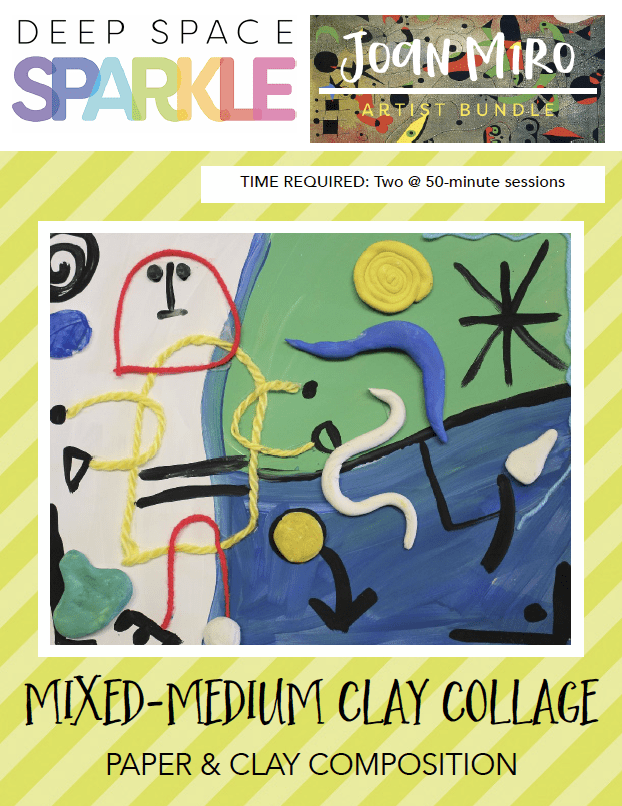
Joan Miró was a Spanish painter, sculptor and print-maker. His first paintings were inspired by Cubism and his later works were more magical and child-like. The painting that inspired this... Learn More

One of the first things I try to teach my Kinders is that shapes are created by lines. This is such a fascinating concept to learn and after they begin... Learn More

Hundertwassers use of bold, bright colors and organic lines makes him one of the world’s most famous contemporary painters. This project stemmed from a detailed Hundertwasser collage project that I created... Learn More

Creating collages is a wonderful way for children to express their sense of color and composition. It’s not always easy though, which is why I recommend showing children a few... Learn More
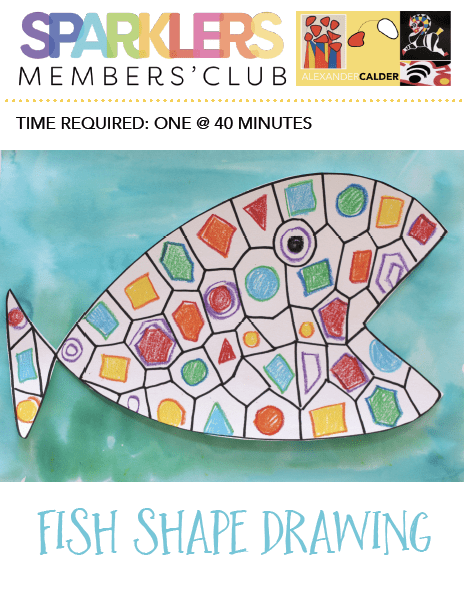
Here is an easy, quick and technique-rich lesson to do with your first and second grade students. The project can be completed in one 40-minute session, but if you want... Learn More

This is an easy project that illustrates Calder’s use of line, shape and form. It’s a great substitute for a prep intensive form-based project. Second grade students do very well... Learn More

This is an easy project that illustrates Calder’s use of line, shape and form. It’s a great substitute for a prep intensive form-based project. Second grade students do very well... Learn More

Calder liked the circus so much that he created his own. The Calder Circus had over 50 moving figures made out of wire, leather and cloth.... Learn More
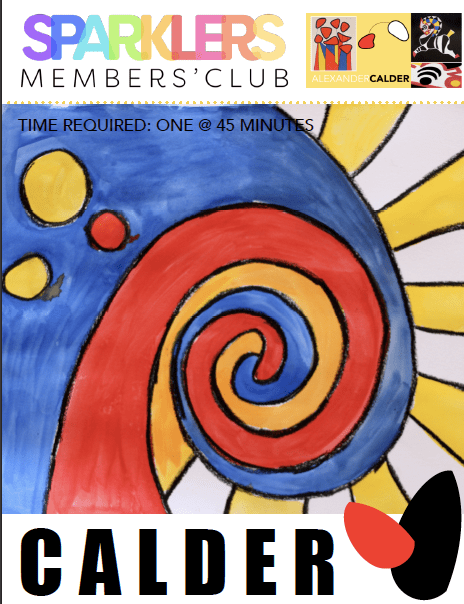
This is an easy project that illustrates Calder’s use of line, shape and form and is a great project to introduce children to primary & secondary colors.... Learn More
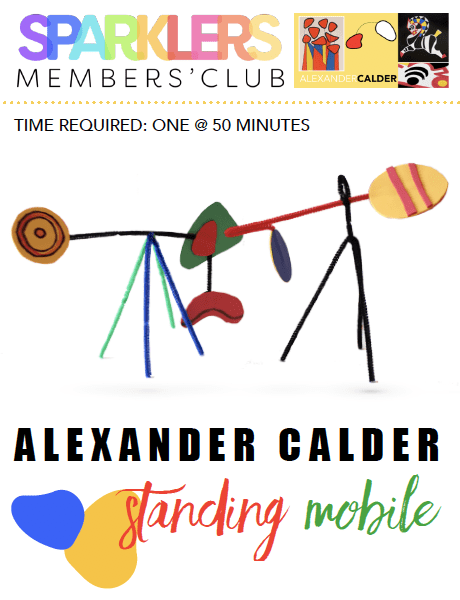
While pipe cleaners are used for this project due to availability and ease of cutting, feel free to use a heavy gauge wire for older students. Alexander Calder introduced a... Learn More
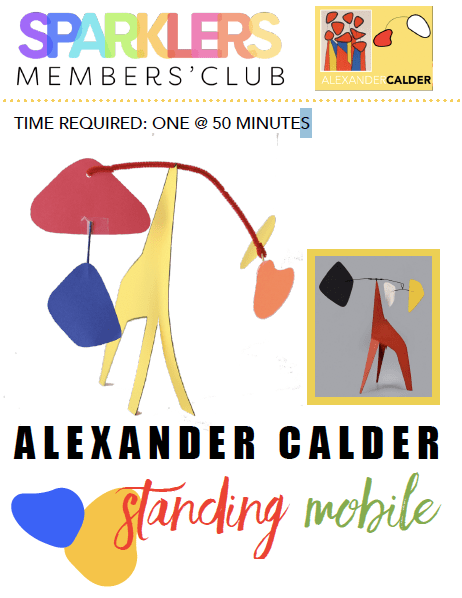
This standing MOBILE project requires a small amount of time to make the components but offers much opportunity to extend the lesson to understand balance & weight. The heavier the... Learn More

Calder combined Mobiles and Stabiles to create standing mobile units. Often these were in abstract shapes and animals shapes.... Learn More
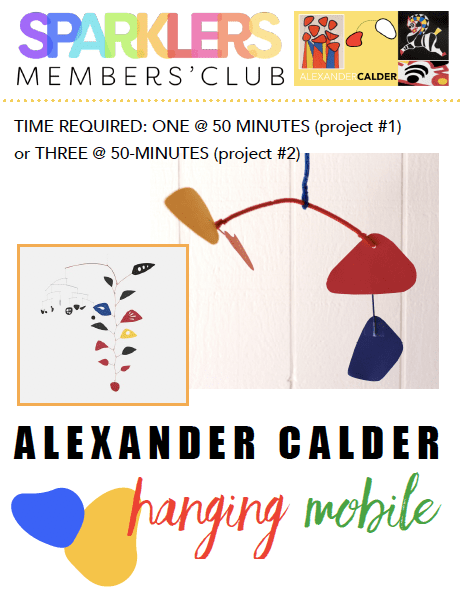
Alexander Calder introduced a new element to art by adding movement through hanging sculptures called mobiles. The movement creates a new art experience based on the changing direction of each unit.... Learn More